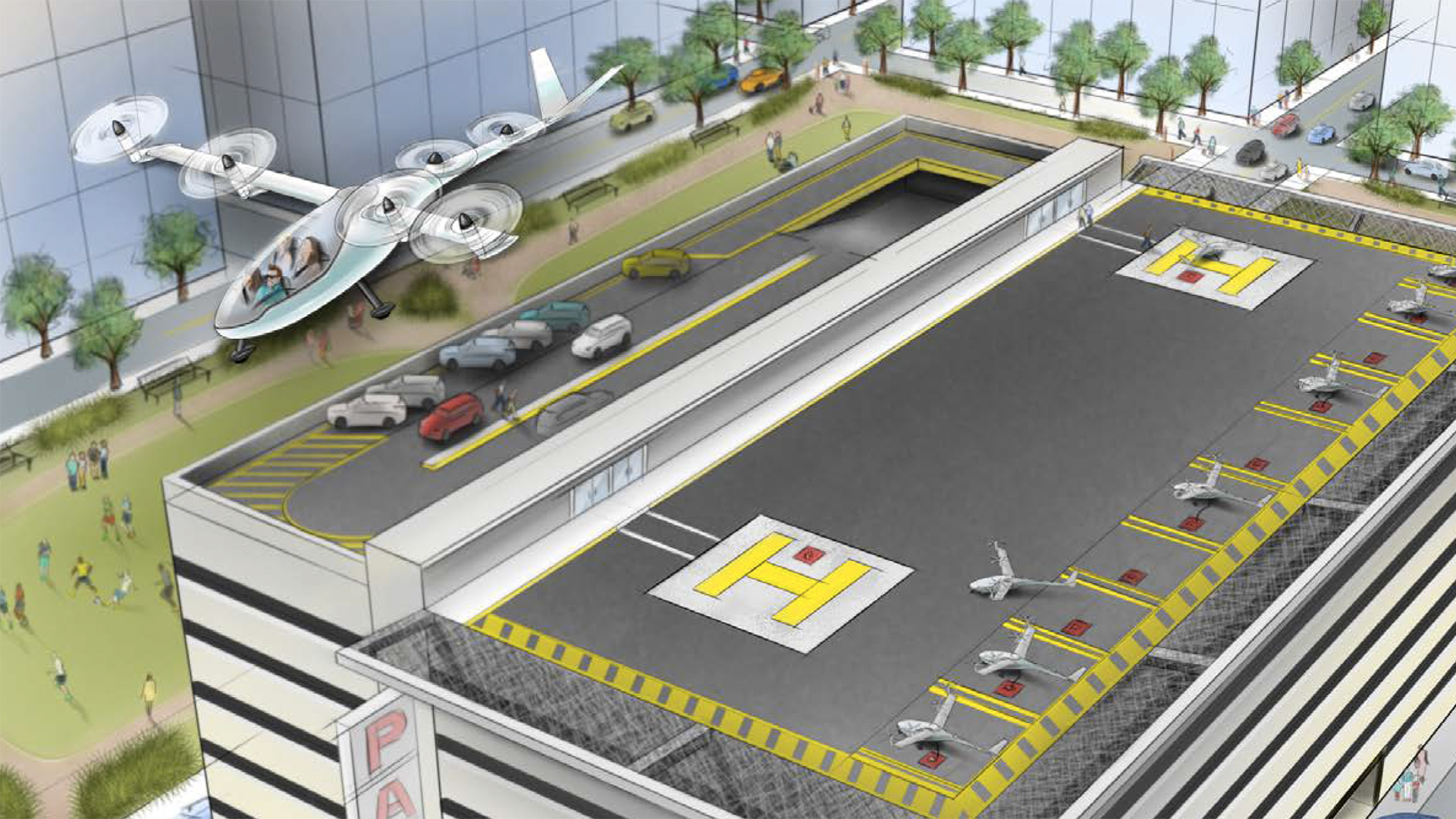

Uber has recruited the University of Texas at Austin and U.S. Army Research Labs to develop new rotor technology for its planned flying cars, reports TechCrunch. The ride-hailing company plans to begin test flights in Dallas-Fort Worth, Los Angeles, and Dubai in 2020, and launch commercial service in those cities in 2023.
Uber has already recruited several partners for its flying car project, known as Uber Elevate. NASA will help develop an air traffic control system for what are expected to be swarms of flying cars, and Uber recently opened a research center in Paris in concert with École Polytechnique.
The flying cars will be electric and have vertical takeoff and landing (VTOL) capability. Uber is reportedly aiming for a cruising speed of 150 to 200 miles per hour at an altitude of 1,000 to 2,000 feet and a range of 60 miles per charge. The vehicles may also have some degree of autonomous capability.
History is full of flying-car failures, but Uber nonetheless believes that taking its ride-hailing service airborne is a good idea. It’s unclear whether Uber will be able to tackle the numerous technical challenges inherent in flying cars, let alone in the relatively short period of time the company has given itself.
But Uber is in good company. From established aviation firms like Airbus and Rolls-Royce (a separate entity from the automaker), to startups like Google co-founder Larry Page’s Kitty Hawk, several brands are looking to develop flying cars. It’s unclear where this newfound confidence in flying cars is coming from, as the equation of technology and risk hasn’t appreciably changed.